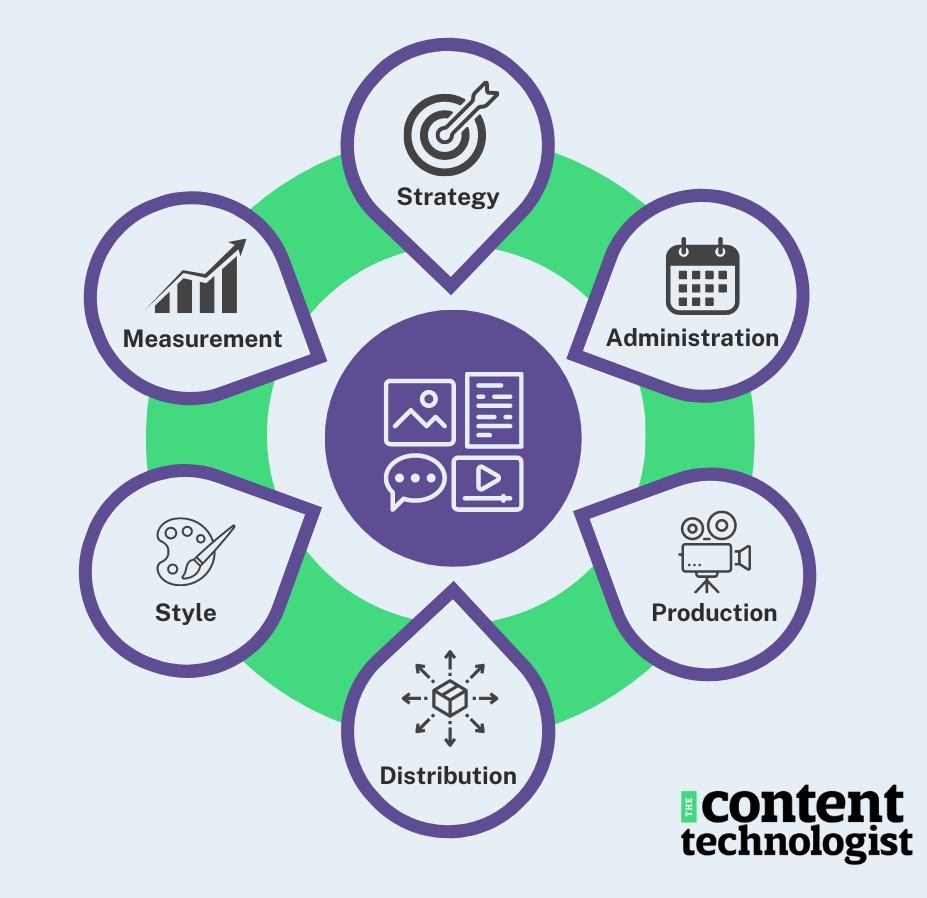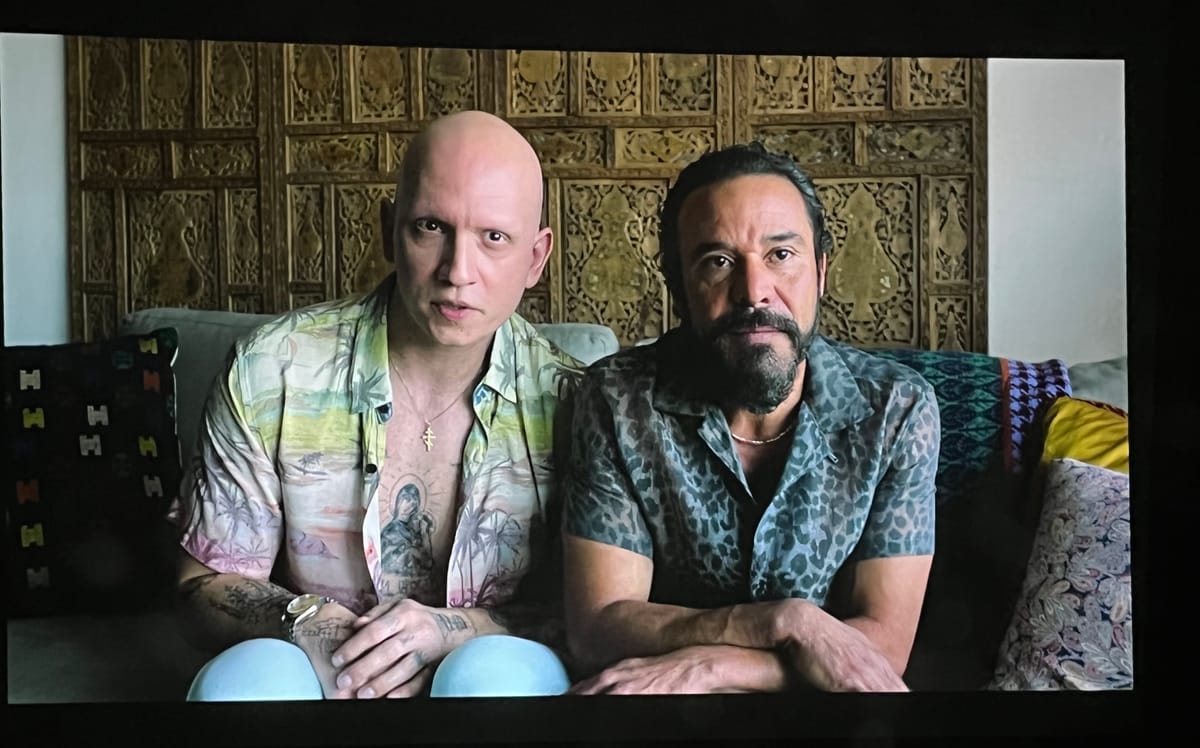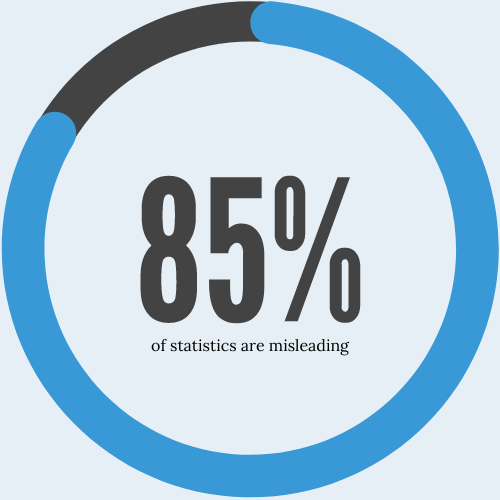
Each month in 2024, we working through one stage of The Content Technologist Approach. Now that we're solidly in April, it's time to address content distribution, aka how to get your TOFU content in front of your ICP using SEO.
Just kidding. Tofu is coagulated soymilk curd that tastes delicious when fried. "Search" or "discovery" are more accurate terms than SEO. And ICP stands for Insane Clown Posse, the band that asked the crucial question, "Fucking magnets, how do they work?"* Anyone who talks regularly in marketing-specific acronyms should not go anywhere near content development until they work on their POL (precision of language... and a deeply dorky retort).
*They were not talking about lead magnets. For the uninitiated: some people think ICP stands for Ideal Customer Profile, which... doesn't "customer" work in literally every context? If you are using an acronym to represent a profile that represents a customer, it's unlikely you're thinking in empathetic, human terms. If you're regularly using "ICP," you're just a juggalo.
TOFU stands for "top of funnel," which is slightly more useful but still misses the point.
What is content distribution?
Content distribution is the process of getting previously created content out to its intended audience via email, search, social media, or websites.
In our time of algorithms and platforms, distribution is the phase of content development most susceptible to acronyms, overengineering, and whizkids who think they can hack their way to big numbers. In the 2010s, shortcuts to growth were easier to come by because there were fewer businesses creating content. But content distribution via paid and organic, search and social has matured significantly.
Content distribution on the internet is radically different than 20th century content. Before the internet, distributing content meant you needed access to highly specialized resources: a printing press; broadcast or cable bandwidth; a theater and a microphone. In mass communications industries like publishing and entertainment, distribution required a third-party distributor with trucks and retail clientele.
Or, you could pay someone who had publishing resources to distribute the message on your behalf—aka, advertising.
How organic distribution systems evaluate content
Instead of trucks and newsstands, in 2024 we have web- and social network-based aggregator systems that pipe content directly to consumers via software. Online culture has decided on "platforms" as the most common word for these systems, although "channels" and "social networks" are often used interchangeably.
On platforms, a brand or creator can distribute content through the old-fashioned method of pay-for-play and buy ads. Marketers call this paid media.
Or, creators, brands and individuals can take their shot at appearing in a feed or search result through "organic" optimization. To be clear, there is nothing "organic" or "natural" about these recommender systems; they are engineered by humans just like the paid systems. But in organic media, automated editorial systems determine whether content is distributed to a publisher's intended audience.
In their "organic" form, platform aggregators "read" each piece content via natural language and image processing systems, then dole out content visibility to a wide audience via a feed or search result page. Organic algorithms use a number of weighted ranking factors, which may or may not include:
- Similarity to other content, visually or semantically
- Differences from other content, visually or semantically
- Intentional labeling, via search optimization or hashtags
- Audience engagement signals, like account follows, swipes, scrolls, comments, reactions, responses, or excessive lingering
- Similarity to content that scored highly during evaluator testing
- Amount of content on a website, page, or profile
- Longevity of an account or website
- Past successes (and the computer's memory thereof) in organic content
- Links or mentions from other content creators or brands
These recommender systems are mutable by design, subject to the whims of what we often call "the algorithms." More accurately, those whims are puppeteered by the product team, the trust and safety team, or executives, depending on the day.
Unlike distribution systems of the previous century, organic recommender algorithms crawl and evaluate the content itself against the account's previous performance. This means any content you publish publicly can affect your brand's ability to distribute future content—from deliberately created marketing content to customer service FAQs to archives to your navigation to those weird old posts your CEO made in 2015 that they insist are still critical to the business infrastructure.
Content distribution is never free
Despite the "democratized" software that enables literally anyone to post whenever they want, most businesses can't reliably or consistently navigate the algorithmic distribution systems on their own. The illusion of free content distribution is quickly dashed when faced with a set of blank fields and zero followers. Businesses hire consultants (hello!) and agencies to serve as distributors, either by optimizing the content for algorithmic visibility or paying for ad placements.
Ten years after the social media explosion, there remain nearly zero reliable, sustainable methods to "set it and forget it" with content distribution. Brands can't say ta-ta to the truck once the content product is done and let the distributors do the work.
But with the experience of posting (and failing and measuring and posting and paying and burning money and getting results and posting some more), there remain some reliable maxims for distributing content via digital channels. Here are a few rules of thumb I've learned from more ten years of making and measuring digital content on behalf of clients:
- Paid distribution algorithms work differently from organic distribution algorithms. Different people click on paid ads from those who click on organic content, and the algorithms are built differently. If certain messaging is successful in paid, it won't necessarily be successful in organic. Paid media is fast and focused. Organic is slow and networked.
You know those people who loudly claim they hate all advertising and marketing? They're not going to click on your paid ads (although they're likely still susceptible to, say, tv ads for snack food because none of us is too smart for advertising). Build trust and connection with them through organic content.
You know those people who are totally cool with commerce and are easy breezy and always up on the latest new fad? They're your paid customers. Roughly. Stereotypically.
Paid and organic can (and should!) work together. But they are not the same. - Both paid and organic algorithms require investment to navigate successfully. In paid media, your business pays directly for impressions, aka visibility in a feed or search results page. If those impressions successfully inspire audiences to click through on your paid ad, you will yield a higher return on investment.
But you can always pay for more impressions, and paid ads don't require nearly as much time or human interaction to manage. (However, I recommend that if you're going to spend significant money on paid media, you hire someone familiar with paid media management. As anyone who has ever dived into Google Ads knows, the "self-service" software is quite complicated, and the "smart" automated solutions don't work nearly as well as something more closely managed.)
Organic content distribution also requires significant investment: in website structure, content design, time spent on social media, community-building, link building, improvements in user experience and website design, or traditional public relations. I endorse all but one of these tactics. Organic content distribution takes far more time to yield results than paid distribution, unless you strike a viral goldmine. - Influencer marketing is a weird mix of both paid and organic. People claim consumers trust "referrals" more than ads, but I don't know whether that's still true. As with paid and organic media, I recommend hiring an expert if you want to navigate the weird world of influencer marketing.
- Organic distribution costs can be mitigated by planning ahead, creating a strategic information architecture, and building authority. Admittedly, this is my hill, the one I will die atop: If you address distribution in the strategy phase and develop complementary assets during the production phase, content distribution becomes much easier.
When organic search considerations are built into the information architecture of a website—rather than optimized by SEO specialists page-by-page on a "blog" that no one wants to return to regularly—you'll find that holistically, the website performs better in search. If you are planning on redesigning your website, do your SEO research before you decide on the information architecture, and your life will be much easier for 2-5 years. (And if you are about to embark on a website redesign and want strategic research and support to build your information architecture, give me a buzz.)
The same preparation applies to organic social channels, although the methodologies differ by platform. Which brings me to the next point: - Organic social is best executed by channel experts. Want to be on TikTok? Get a TikTok enthusiast to plan your content. Seeking Reddit success? Hire an aspiring Redditor. It's hard to succeed in social media if you don't understand the audience dynamics of the channel itself. If you want to succeed on a social channel and don't have the money to hire someone, invest in learning the channel on your own.
- Your website is the source of truth about your business and the home for all your best content. Zero-click content on social networks will net you an audience on specific platforms, but make sure to also post those ideas on your website and, when you can, capture your audience's email addresses. As many have learned the hard way, platform-specific audiences don't often migrate to owned channels.
- Plan your content distribution based on channels that contextually reflect your audience's information-seeking and entertainment preferences. Do you want your youngish audience to consume your content passively on snack breaks at work? Try TikTok. Are you aiming for millennials who enjoy when content looks nice and professional? Instagram's your gal. Want to attract Gen-Xers to your vintage apparel setup? They're still on Facebook and have no idea how to use Depop. Seeking an audience of professionals who love their jobs? It's all about LinkedIn. Looking to be seen as an authoritative resource on niche topics? Search will likely be your best bet.
Last year, Emily Rochotte created a brilliant explainer for helping you sort out which social channels fit your content. It's still quite valid!
And finally... - "Funnel" is a bad metaphor for audience acquisition via content distribution. The process is not that linear. It's complicated by design. We can try to map content to different audience stages (TOFU, MOFU, BOFU, blah). We can create personas and use all the targeting technology that currently exists.
But the fact is that getting the right message in front of the right audience at the right time was always a people-pleasing myth designed to sell targeting software that only kinda sorta works without good content to back it up.
Without planning and expertise, getting content in front of your audience is a crapshoot. Whether the messaging works is usually a testament to how much sweat, research, and money we shoveled into the content's development.
And even then, we don't know what will resonate with our audience until we press publish.
Hand-picked related content







